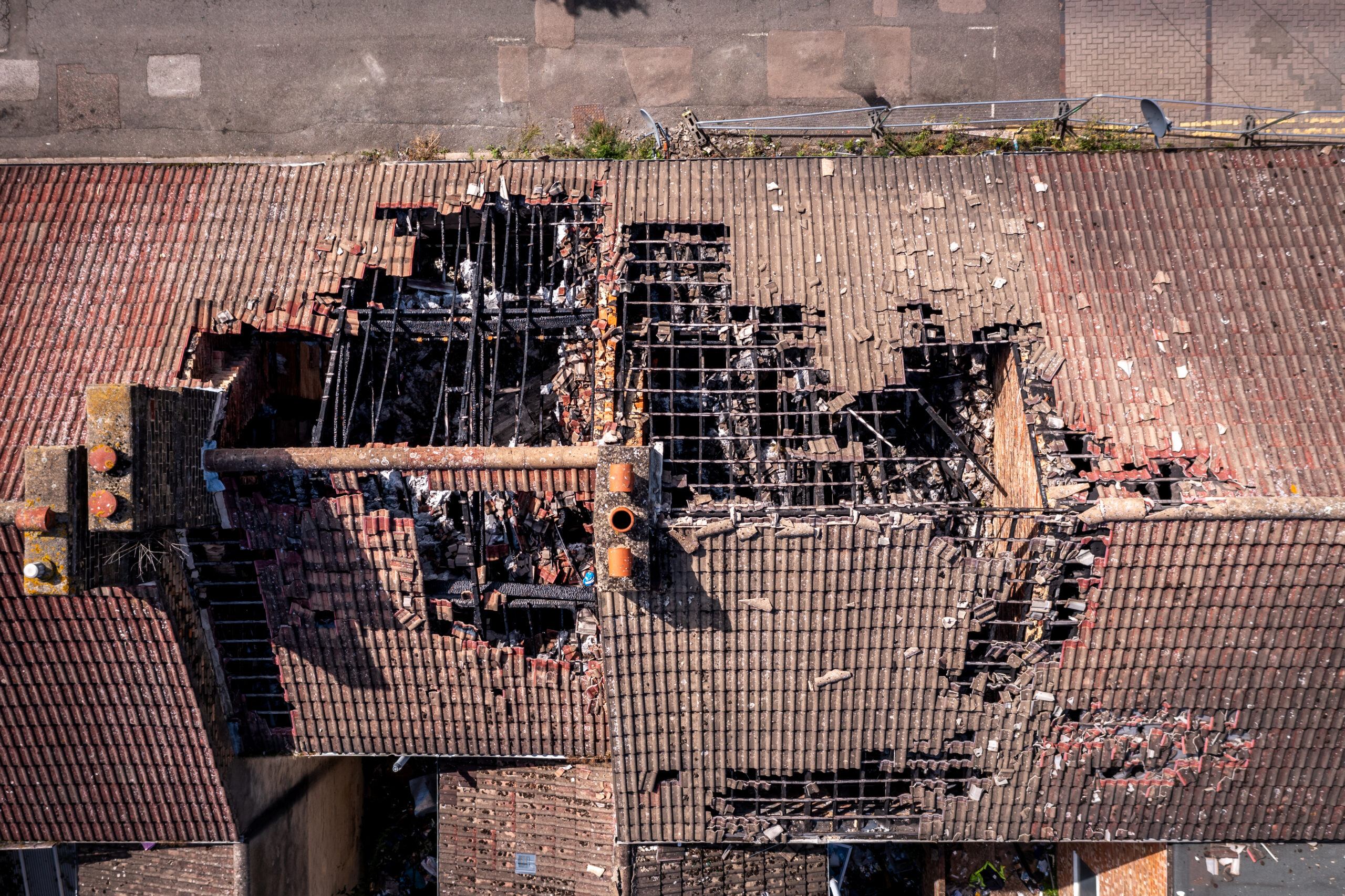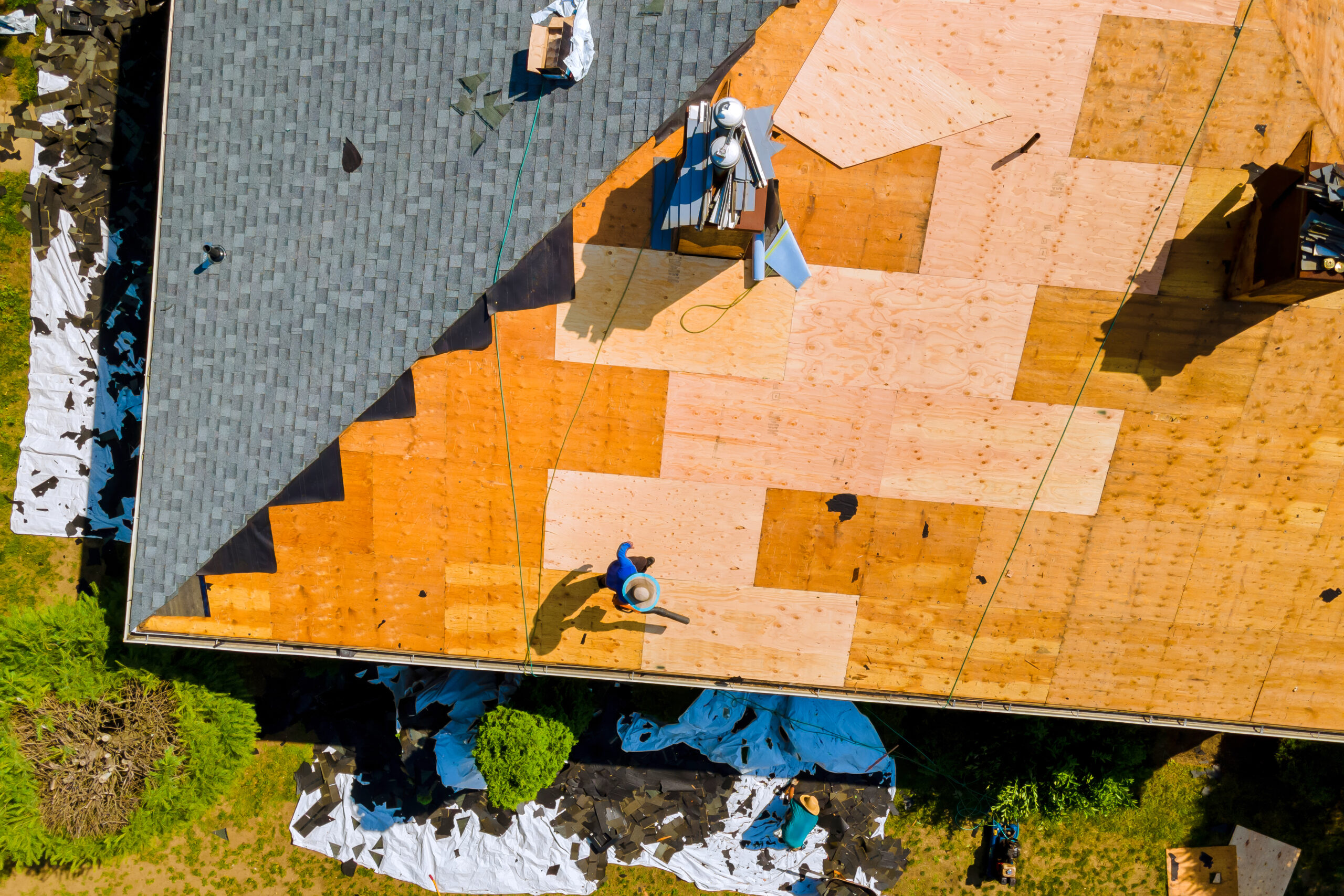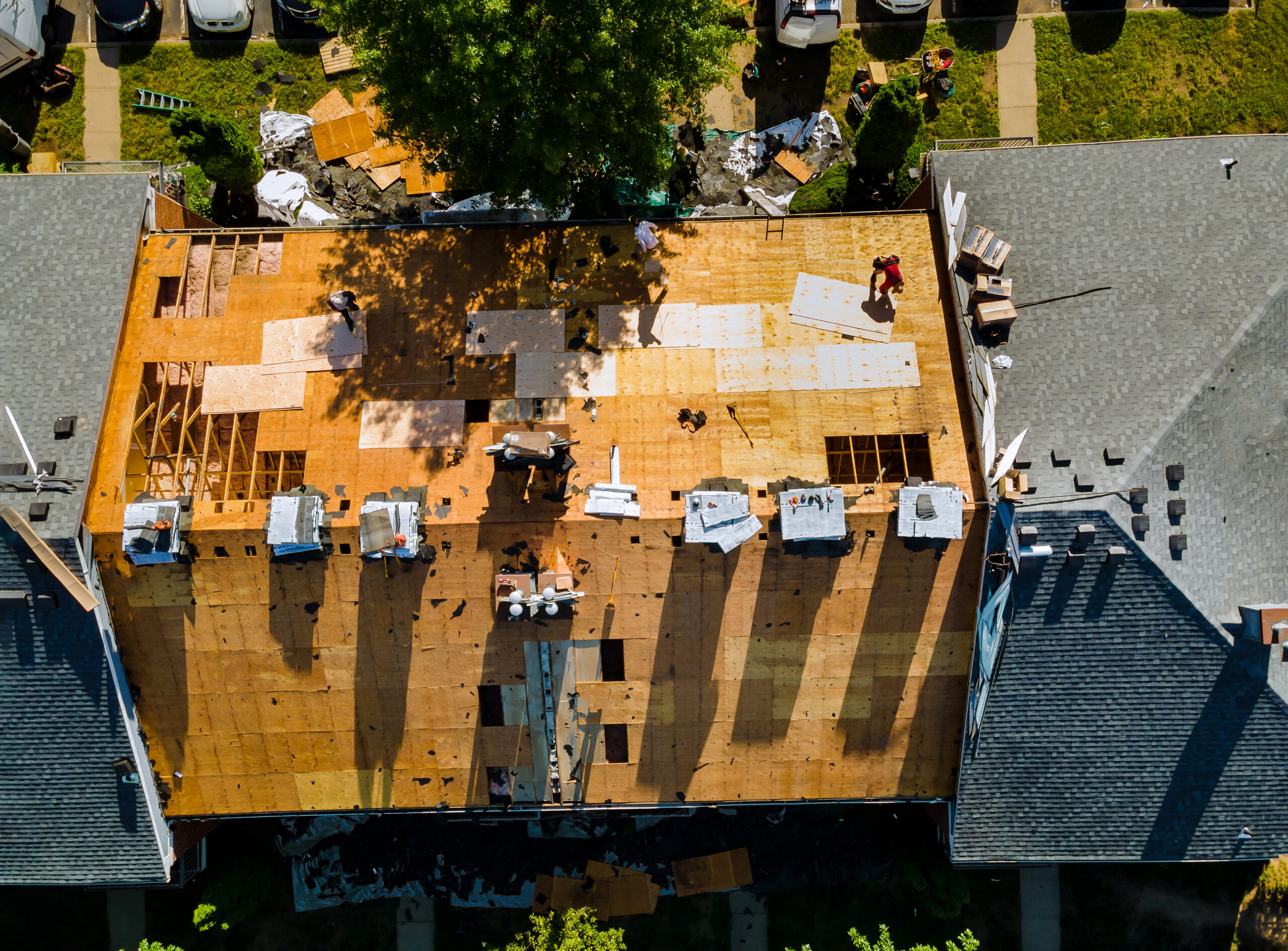The wind howls, rain lashes down, and hail might even make an unwelcome appearance. Storms can be a nerve-wracking experience for any homeowner. Once the tempest subsides and an uneasy calm returns, your first instinct might be to assess the damage. Your roof, being the primary shield against the elements, often bears the brunt of severe weather. Spotting and addressing roof damage promptly and correctly is crucial to protect your home from further harm and to navigate the insurance process smoothly.
So, what are the essential steps when you suspect your roof hasn’t weathered the storm unscathed?
1. Prioritize Safety Above All Else
Before you do anything, ensure your immediate surroundings are safe. Do not rush onto your roof, especially if it’s wet, slippery, or potentially structurally compromised. Look for downed power lines, fallen trees or large branches, and other hazards around your property. If you see any immediate dangers, keep clear and contact the relevant utility company or emergency services. Your safety is paramount.
2. Conduct a Safe Visual Inspection (From the Ground Up)
Once it’s safe to move around outside, conduct an initial visual inspection from the ground. Walk around your property and look for obvious signs of damage:
- Missing, cracked, or visibly loose shingles.
- Shingles or roofing material in your yard or gutters.
- Dents or pockmarks on shingles, flashing, vents, or gutters (often signs of hail).
- Damage to chimneys, skylights, or vent pipes.
- Granules (the sandpaper-like material from asphalt shingles) collecting in downspouts or on the ground.
Use binoculars for a closer look if needed. Also, check your attic and ceilings indoors for any new water stains, drips, or signs of moisture, as not all roof damage is immediately visible externally.
3. Document Everything – Your Camera is Your Best Friend
This step is absolutely critical, especially for your insurance claim. Before you move anything or attempt any temporary repairs, thoroughly document all suspected damage. Take numerous clear photos and videos:
- Overall Views: Capture wide shots of each side of your roof to show the general condition and affected areas.
- Close-Ups: Take detailed pictures of specific damage points – individual missing shingles, dents, cracked flashing, etc. Place a common object (like a coin or ruler) next to hail dents for scale.
- Collateral Damage: Photograph damage to gutters, siding, windows, and outdoor property if it occurred.
- Interior Damage: Document any leaks, water stains on ceilings, or damage inside your home.
- Note Date and Time: Keep a record of when the storm occurred and when you took the photos/videos.
This visual evidence will be invaluable when you file an insurance claim.
4. Mitigate Further Damage (Safely and Temporarily)
If you have active leaks and can do so safely from inside your attic or with minimal risk, you can take temporary measures to prevent further water damage. This might involve placing buckets to catch drips or, if you have the expertise and it’s absolutely safe from the ground or a secure ladder (and the roof isn’t too steep or slippery), covering a damaged area with a tarp. Remember, these are temporary fixes. Professional repair is essential.
5. Review Your Homeowner’s Insurance Policy
Locate your homeowner’s insurance policy. Familiarize yourself with your coverage for storm damage, your deductible amount, and the specific procedure and timeframe for filing a claim. Understanding your policy upfront can save you time and confusion later.
6. Contact Your Insurance Company Promptly
Notify your insurance company about the potential damage as soon as reasonably possible. They will guide you through their claims process, which usually involves assigning an adjuster to inspect the damage. Provide them with the documentation you’ve collected.
7. Choose a Reputable Roofing Contractor
You’ll likely need a professional roofer to assess the full extent of the damage and perform repairs. Be wary of “storm chasers” – out-of-town contractors who descend on affected areas after a storm, often using high-pressure tactics or making unrealistic promises. Instead:
- Seek recommendations from trusted local sources.
- Check for proper licensing and insurance.
- Get multiple detailed quotes in writing.
- Read reviews and ask for references.
A thorough professional will not only repair the damage but also help ensure your roof is sound for the future.
Facing roof damage after a storm can be daunting, but by following these steps methodically – prioritizing safety, documenting thoroughly, and engaging with your insurer and reputable professionals – you can navigate the recovery process effectively and restore your home’s primary shield.





